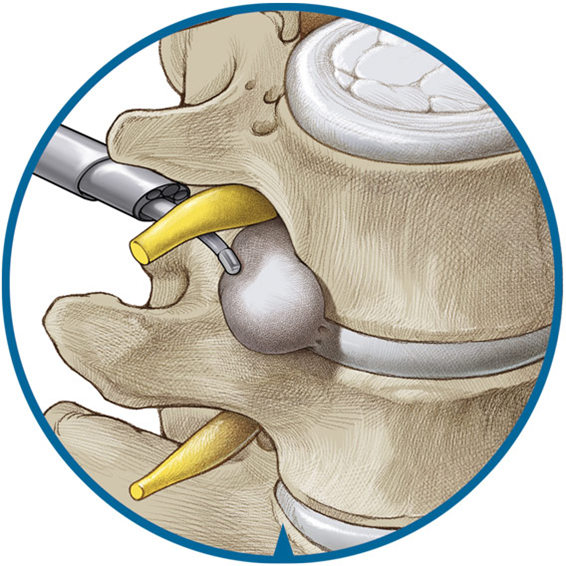
Endoscopic Foraminotomy
An endoscopic foraminotomy is the least invasive technique used to enlarge the nerve root openings by eliminating the cause of narrowing of the foramina. These small openings in each vertebra allow spinal nerves to pass through. When blocked, a condition called spinal stenosis can occur—causing pain, numbness, tingling, weakness, difficulty walking, or reduced range of motion. Common causes include herniated discs, degenerative disc changes, facet joint syndrome, and spondylosis. Aging, injury, and wear-and-tear can also contribute.
Most patients benefit from an endoscopic approach using a scope with a tiny camera, which is less invasive than open surgery. Open surgery involves larger incisions, longer recovery, and higher infection risk.
Benefits of an Endoscopic Foraminotomy
- Minimally invasive with a tiny incision, leading to less blood loss, minimal scarring, and often outpatient treatment.
- No muscle dissection, no excessive bony removal, no spine destabilization, and no need for fusion or hardware. The surgeon simply frees the nerve by trimming or removing the issue (disc, bone spur, etc).
- Fast recovery that typically allows a quicker return to daily life, work, and activities than traditional open surgery.
